As I wandered through the winding streets of Plaka, Athens, I kept drifting toward quiet corners and sunlit alleyways that most tourists just walk past. Behind old stone walls and iron gates, I stumbled on another side of Greek culture—peaceful courtyards bursting with plants and tavernas where locals lingered over homemade dishes. These hidden courtyards and secret tavernas really show off the true soul of Athens—a city shaped by tradition, warmth, and stories swapped at simple tables.
In Plaka, each small courtyard feels like a secret you almost want to keep to yourself. Some hide behind colorful doors, filled with the scent of lemon trees and flowers.
Others belong to family-run tavernas where fresh bread, vibrant salads, and grilled meats turn a meal into something special.
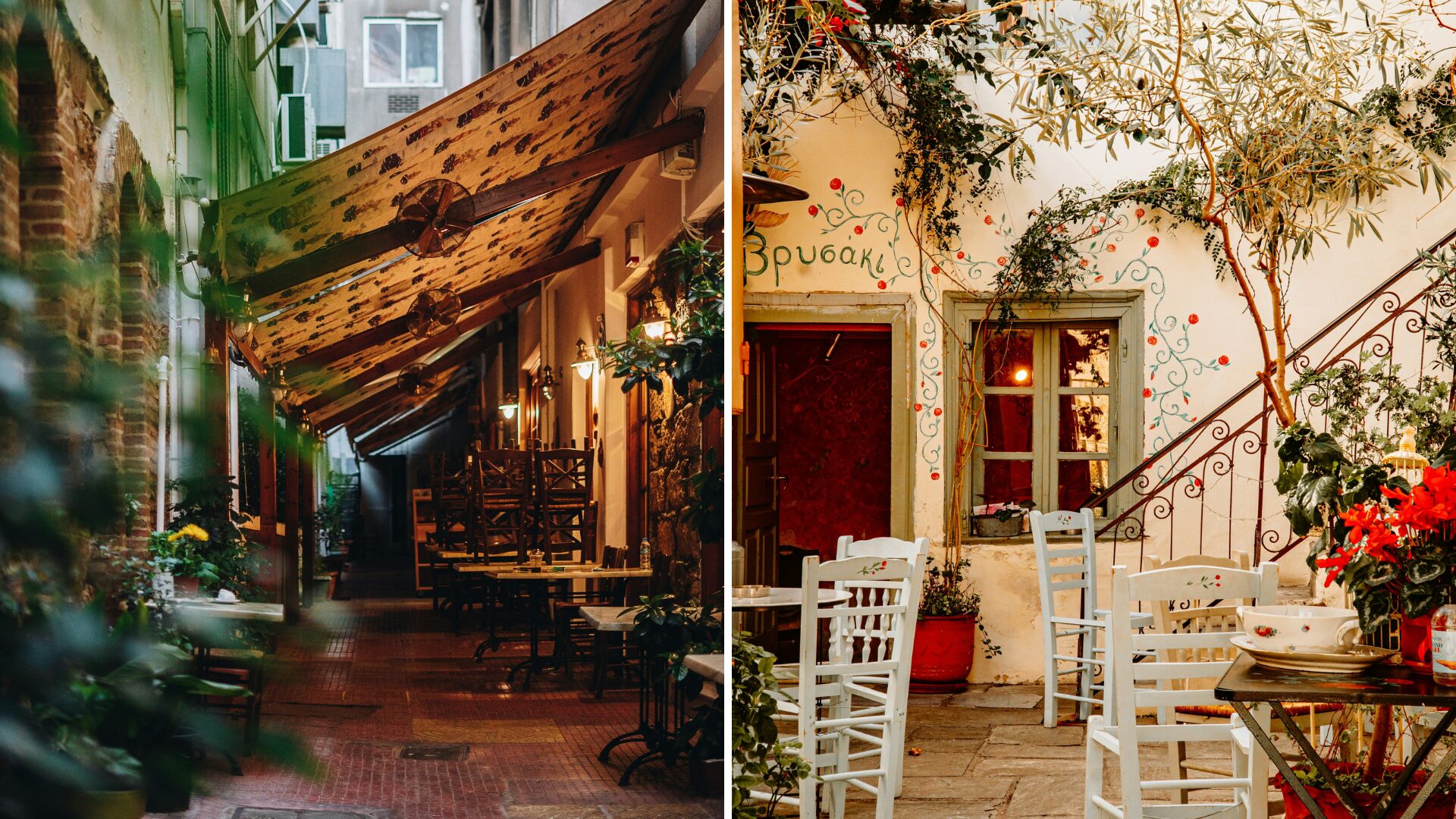
Exploring these tucked-away spots, I realized just how much Plaka still hangs on to its history, even smack in the middle of busy Athens.
Greece’s spirit lives not only in its famous ruins, but in these cozy corners where time slows down and everyone feels like they belong.
Unveiling Plaka: History and Traditions
Plaka stands as one of the oldest neighborhoods in Athens. Here, you get a wild mix of history, classic architecture, and that unmistakable Mediterranean vibe.
Walking through its winding streets, I spot traces of old trade routes and everyday life shaped by so many civilizations.
Ancient Roots and Stories
Plaka started as an ancient settlement at the foot of the Acropolis. Every cobbled lane seems to echo with stories—gatherings of philosophers, laughter from market sellers.
Legends say citizens visited temples, swapped news in square courtyards, and celebrated local festivals. Greek art pops up everywhere—tiny mosaics, marble columns, painted doors.
The past and present blend here. Hidden courtyards still buzz with the energy of old times, connecting me to Athens’ history in quiet, everyday moments.
Architectural Tapestry
Plaka’s buildings make up a kind of living museum. I spot neoclassical homes next to Byzantine churches, Ottoman arches beside modern cafés.
These styles stack up like a patchwork quilt, each bit telling a piece of the neighborhood’s long story.
Stone stairways and colorful shutters give the area its Mediterranean charm. Small balconies overflow with flowers and herbs, just like they have for centuries.
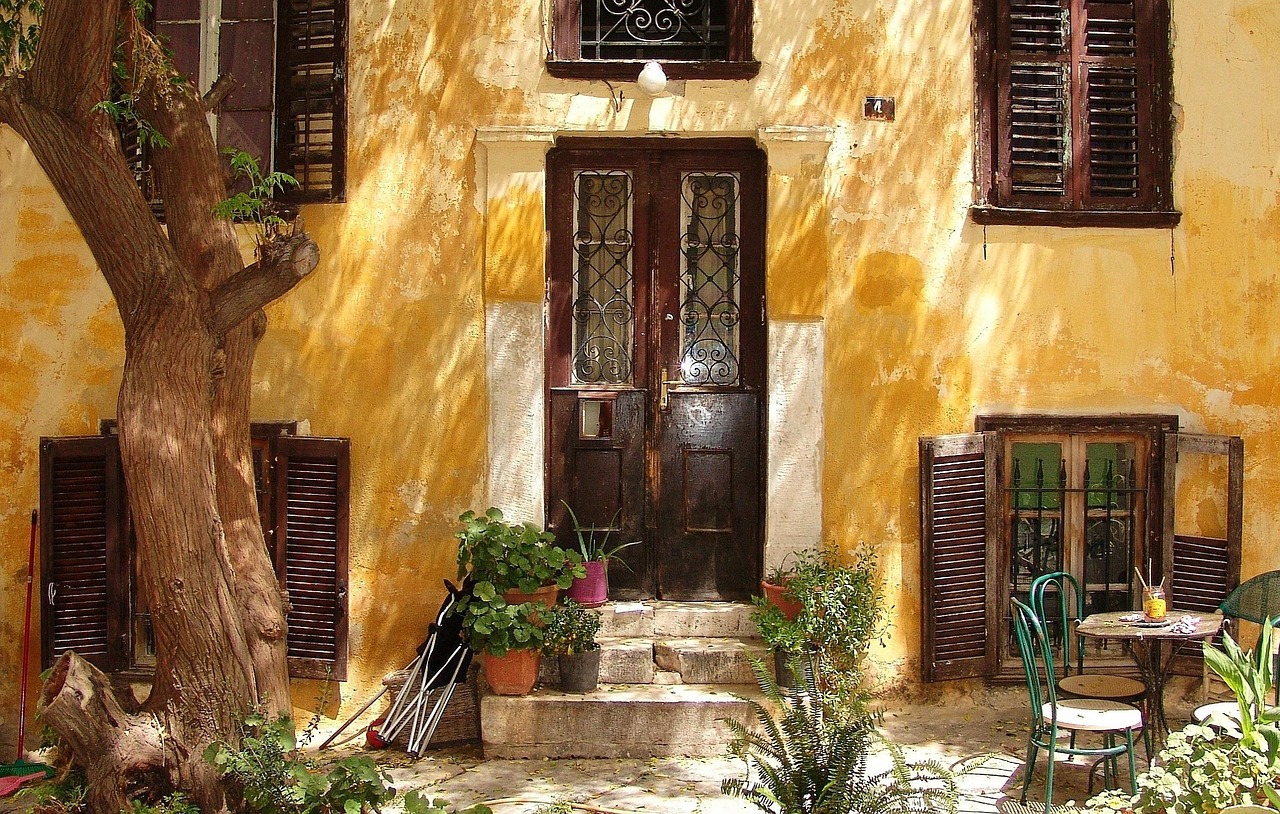
Inside these buildings, secret tavernas and tiny shops hide away, letting travelers like me step back in time while sipping a strong Greek coffee.
Influences of Ancient Civilizations
Waves of influence from far-off places gave Plaka its character. The first streets followed old Greek paths to the Acropolis, but Roman and Byzantine touches changed the neighborhood’s rhythm.
Later, the Ottomans changed things again, adding shaded courtyards and narrow alleys. Each era brought its own twist—public fountains, carved reliefs, intricate tiles.
Because Plaka sat on trade routes, new ideas and tastes always seemed to arrive from across the Mediterranean. Today, the local culture feels rich and layered, shaped by centuries of exchange between Athens and the wider world.
Secret Courtyards: Oasis in the Heart of Athens
Hidden behind unassuming doors and slim stone alleys in Plaka, I found lush gardens, old frescoes, and a peacefulness you just don’t expect in bustling Athens.
Stepping inside these courtyards felt like pausing time—Greek art and stories woven into daily life.
Finding Hidden Gems Off the Main Streets
Walking through Plaka, the main roads burst with shops, but the real magic happens just beyond them. I started to look for small, weathered gates or trailing vines—usually a hint that a hidden courtyard was close.

Sometimes these led to family-run tavernas or quiet spots where neighbors gathered for afternoon coffee.
Many courtyards overflowed with wild jasmine, potted olives, and bougainvillea spilling over low walls. Once, I wandered into a school courtyard where kids played under lemon trees, their laughter bouncing off the old stone.
Another time, I found a quiet restaurant terrace—tables clustered around a trickling fountain—that felt a world away from the city noise.
Here’s a quick checklist for spotting a secret courtyard in Plaka:
- Look for narrow side streets branching off main roads
- Notice wooden gates or arched doorways
- Search for greenery spilling onto the street
- Listen for muffled sounds of conversation or music
Every discovery felt like my own little adventure. I rarely saw more than a handful of other visitors in these tucked-away places.
Courtyard Frescoes and Artistic Flourishes
Some courtyards in Plaka show off ancient frescoes and traditional Greek art. In one, I stopped to admire faded blue and ochre paintings of mythological scenes stretching across the entry walls.
Even though the colors have faded, the details still stand out, giving a glimpse of the craftsmanship that once filled Athenian homes.
Not all the art is ancient, though. I often found modern murals—bold patterns, playful animals—painted by local artists, mixing the old with the new.

Flower pots painted in bright blues and yellows lined garden paths, adding their own flair.
Small statues of gods or goddesses peeked out from under olive trees. Mosaic tabletops and ceramic tiles, inspired by traditional Greek designs, popped up everywhere.
These details made each courtyard feel unique, weaving Greece’s creative spirit right into the garden.
Anecdotes from Local Encounters
Meeting locals in Plaka’s secret courtyards brought even more meaning to my wandering. One afternoon, while I sipped Greek coffee in Elaia’s garden, an older man named Yannis told me about growing up in the neighborhood.
He described how these courtyards once held grape presses and village gatherings, long before tourists arrived.
Another day, a taverna owner invited me to join her family for a light dinner under the grapevine canopy. Over plates of tomato salad, olives, and warm bread, she told the story behind the mural on her wall—a tribute to her grandfather, who painted frescoes all over Athens.
Listening to their stories, I saw how these spaces connect generations, holding memories and keeping traditions alive.

Personal tip: ask gentle questions, and stay open to conversation. Greek hospitality shines in these private courtyards, turning a simple visit into a shared adventure full of laughter, local music, and a real sense of belonging.
Athens’ Secret Tavernas: Where Locals Gather
Hidden tavernas in Athens aren’t just about food—they’re where local traditions, flavors, and nightlife come together. Every visit brings a mix of aromas, laughter, and authentic Greek and Turkish dishes that really show the city’s heart.
Tavernas With Timeless Atmosphere
Step down a narrow alley or a basement stairway, and suddenly it feels like you’ve left the modern world behind. Many of these tavernas have tucked themselves away for generations—some since the 1960s—with weathered wooden tables, painted ceilings, and walls covered in old photos.
Locals gather here after work, drawn by the cozy warmth and the clink of plates. In Plaka, I found courtyards hidden behind vine-covered doors, softly lit with string lights, where neighbors gathered over ouzo and meze.
Time slips away easily here, the city’s history humming all around.
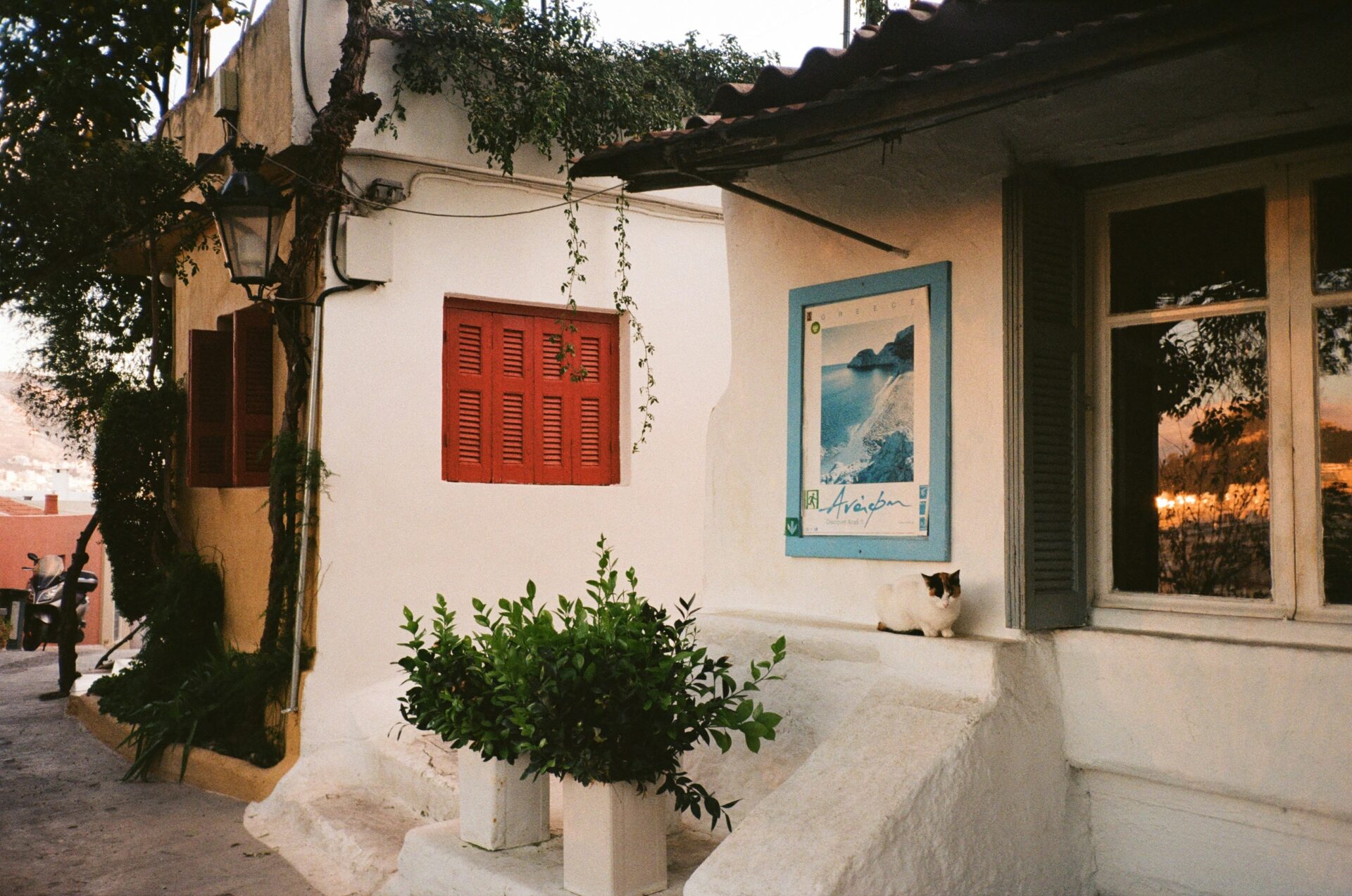
A few favorite spots offer classic Athenian hospitality—no rush, no fuss, just stories and smiles. The atmosphere makes everyone feel welcome, even if you only know a few words of Greek.
Tasting Greek Cuisine and Turkish Coffee
Menus usually feature slow-cooked lamb, moussaka, fresh seafood, and crisp Greek salads, all packed with flavor. Pork chops grilled over open flames seem to be a local favorite, served with fried potatoes and lemon wedges.
Food comes out in generous portions. The tradition is to share, and the price is often per person, especially if there’s live music.
What I loved most? After a meal, nobody skips the ritual of a strong Turkish coffee, served in tiny cups with a glass of water. Watching locals stir their coffee, sometimes reading fortunes from the grounds, gave me a peek into customs that run deep in Greek and Turkish culture.
It’s not just about eating—it’s sharing, tasting, and learning together.
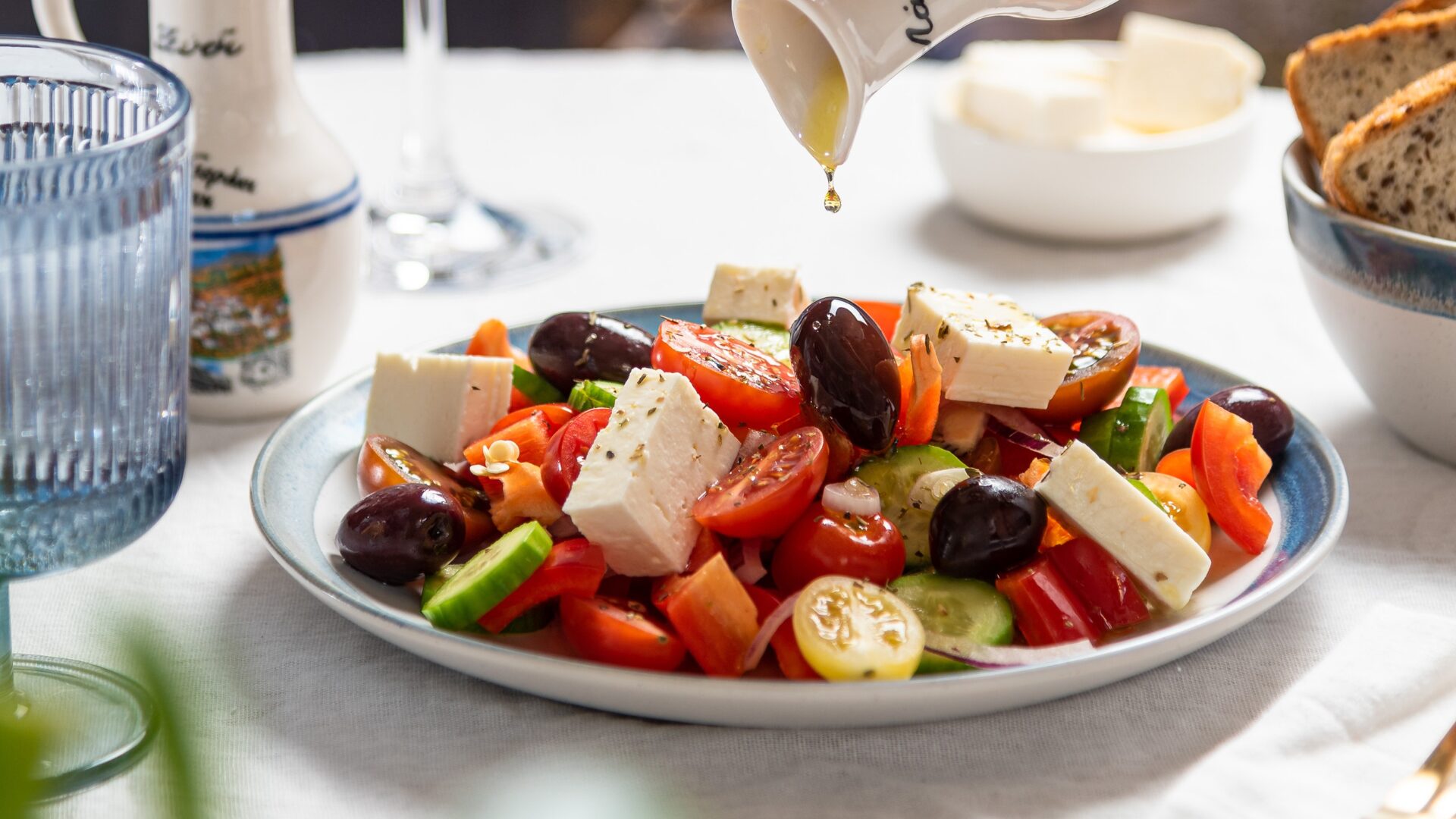
Tip: Try joining a table of regulars if you get the chance—they’re usually happy to explain what’s on your plate and share a story or two.
Live Music and After-Dark Revelry
As evening falls, music fills the courtyards and tavernas. I’ve heard bouzouki and guitar drifting through underground rooms, while couples danced between tables.
Some places put on a full Greek show with traditional dancing, clapping, and singing, inviting everyone to join—even shy travelers like me.
Late into the night, the mood gets even livelier. Locals sing along to old ballads, and sometimes a spontaneous zeibekiko dance breaks out.
The energy is contagious but always warm. Lively debates, laughter, and even a few quiet moments over coffee made it feel like I’d found the real Athens.
Staying out until midnight is easy here. Surrounded by music, conversation, and old rituals, I felt like I’d finally glimpsed the city’s soul.
My Quest for Athens’ Soul: Personal Discoveries
Wandering through Plaka’s maze of alleys, I found more than just beautiful architecture and nightlife. Hidden courtyards, lively tavernas, and local stories gave me glimpses of a living Mediterranean culture that goes way beyond what history books can show.
Moments of Serendipity
Some of the best moments in Plaka just happen by chance. One morning, following the smell of fresh bread, I ducked down an unmarked alley and found a sunlit courtyard.
Locals sat sipping Greek coffee under bougainvillea. Someone invited me to their table, and I tasted homemade yogurt and honey—nothing like a hotel breakfast.
Athens rewards curiosity. Don’t plan every minute. Leave space for detours.
Let yourself be pulled by music, laughter, or a splash of blue from painted shutters. These little surprises became some of my favorite memories from Plaka.
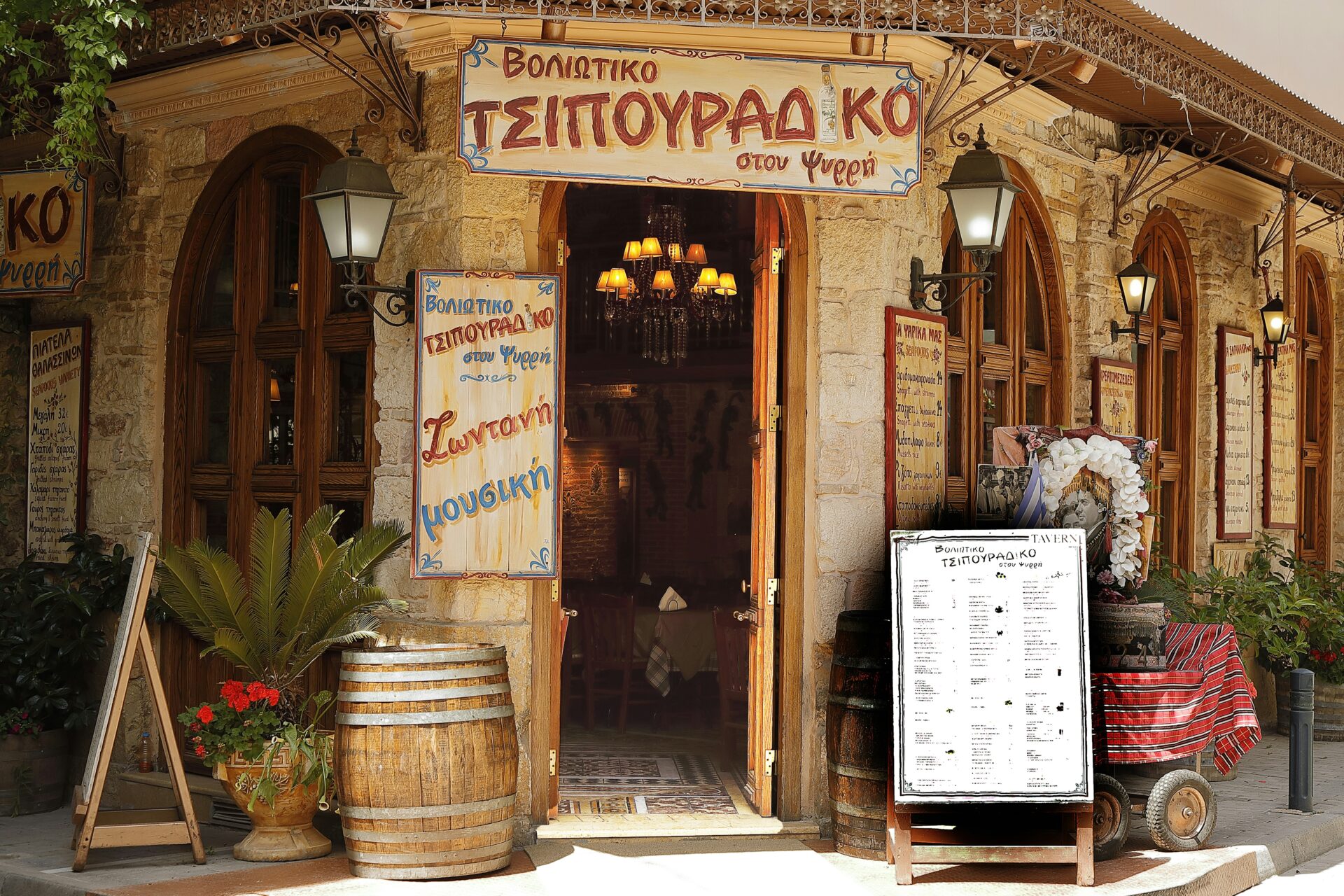
Tips for serendipitous finds:
- Start early or wander at dusk.
- Look for open doors or fragrant gardens.
- Listen for music—live bouzouki usually means a welcoming taverna is close.
Connecting With Plaka’s Residents
Conversations with locals shaped my whole view of Athens. In Plaka, people love to share stories—from the café owner who explained his grandfather’s coffee recipe, to the artist I met sketching on a shaded balcony.
I picked up a few basic Greek phrases, which always got a grin and sometimes an invitation to sit. These chats revealed real traditions, like families making spanakopita for holidays and neighborhood festivals that fill the streets with music.
If you want more than sightseeing, talk to shopkeepers, tavern staff, or musicians. These connections turn a simple visit into a richer adventure, full of culture and friendship.
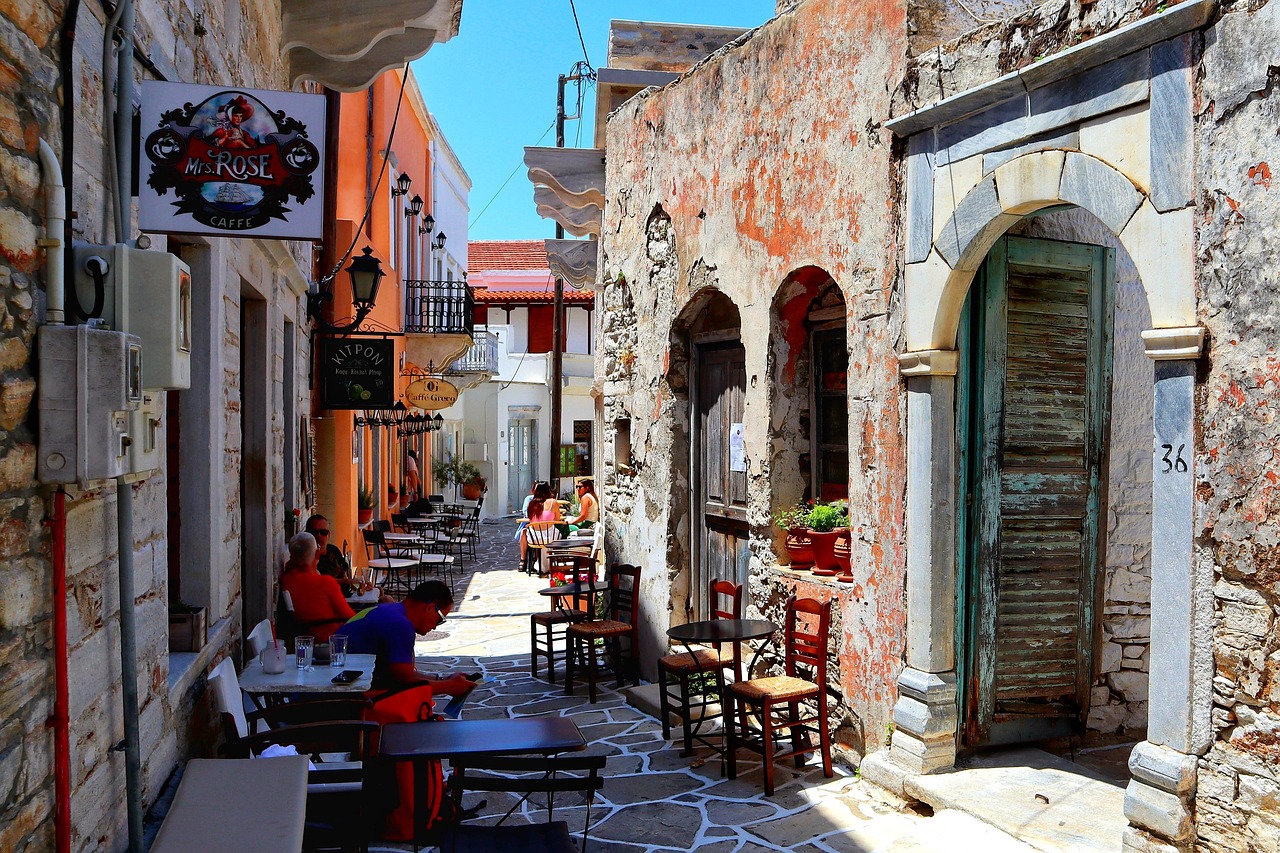
A Walk Through Tradition and Modernity
Every step through Plaka shows off contrasts. Ancient ruins peek out next to sleek boutiques. A centuries-old church stands right beside a modern art gallery.
I traced Athens’ roots in the stones beneath my feet and in the conversations around me.
Modern Athens doesn’t just live in the past. Trendy wine bars sit next to old mezedopoleia (snack taverns), and traditional crafts get reinvented with a twist.
I joined a group of students learning to dance syrtaki in a public square, the beat mixing with the everyday city sounds.
Wandering Plaka, I felt the Mediterranean spirit alive—in both the traditions kept and the new experiences shaped every day by its people.
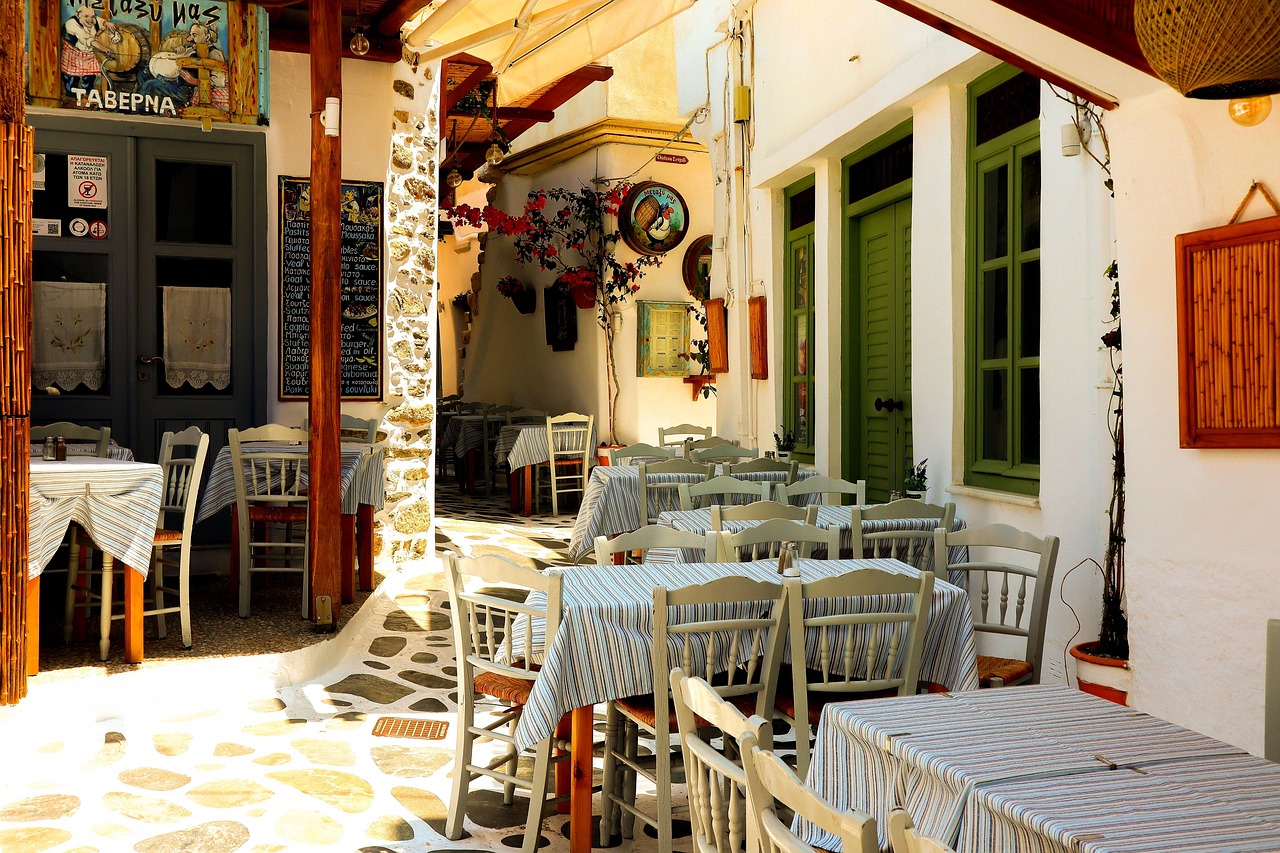
Practical Tips for Exploring Plaka’s Hidden Side
Exploring Plaka’s winding paths, leafy courtyards, and tucked-away tavernas can be both thrilling and a bit confusing if you don’t have a plan. With the right timing, a loose itinerary, and some curiosity, you’ll uncover tranquil spots and maybe even plan escapes beyond Athens.
Crafting the Perfect Plaka Itinerary
When I set out to discover Plaka’s less-visited corners, I find that a flexible itinerary just works better.
I usually start early and enter Plaka from the Anafiotika side near the Acropolis. That way, I get quiet mornings with almost empty paths.
From there, I pick a few hidden courtyards. Some show up on maps, like the one at the Atenistas website. Others just reveal themselves when I peek through old stone archways.
My must-visit list usually includes:
- Secret Garden Taverna (honestly, it’s excellent for local flavors and the atmosphere’s just right)
- Courtyards off Lysikratous and Kidathineon Streets
- Small artisan shops tucked between the main alleys
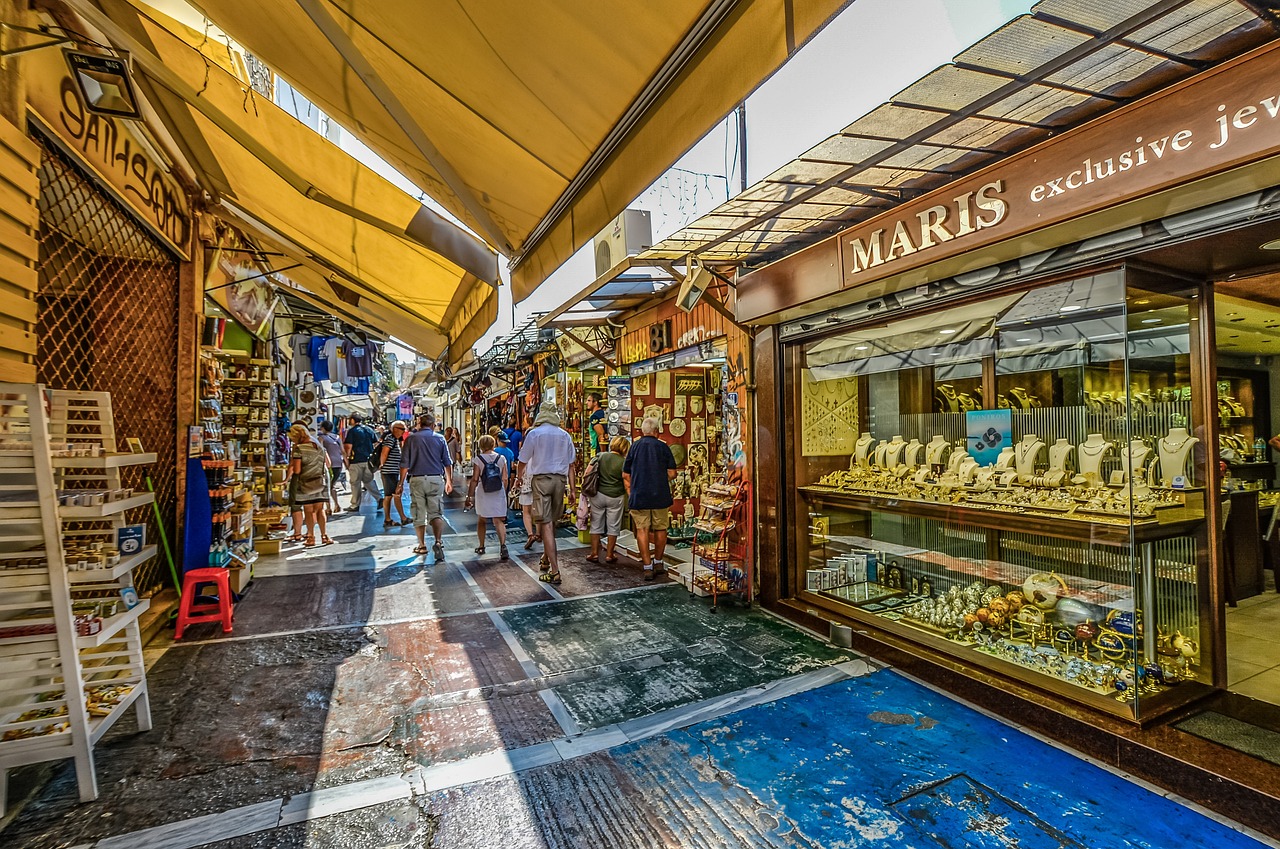
I always leave room for unplanned stops. If I spot a taverna where older locals gather, or I hear music drifting from behind a closed gate, I let curiosity take over.
Setting a loose schedule—rather than mapping every single stop—gives me the best shot at stumbling upon hidden gems. Isn’t that half the fun?
Best Time for Courtyard Wanders
Timing changes everything in Plaka. I’ve noticed mornings before 10 am and late afternoons feel the quietest and coolest.
Early mornings bring fresh air, fewer people, and the simple sounds of shopkeepers opening up. By late afternoon, the sun dips behind the neoclassical buildings. That soft light falls over ivy-covered walls and hidden cafes just starting to fill up.
If I’m there in summer, midday gets pretty sweltering. I usually duck into shady courtyards or pause for a slow coffee inside a peaceful taverna.
Evenings buzz with life, especially on weekends. But some courtyards and shops close early, so I try to remember that.
Best times, at a glance:
| Time of Day | Why Go? |
|---|---|
| Early Morning | Quiet, cool, less crowded |
| Late Afternoon | Soft light, lively cafés |
| Evening | Vibrant, but busier |
Day Trips to Nearby Greek Islands
Taking a day trip from Athens to a nearby island really adds a whole new layer to the adventure. I’ve hopped on the early ferry from Piraeus more times than I can count, and coming back in the evening always feels like a quick reset.
The Cyclades islands sit closest to Athens, and you’ll find fast ferry options most days.

Hydra is car-free and the ferry ride takes just under two hours. It’s perfect if you just want a short stroll and maybe a swim.
Keas and Andros give off a super local vibe, with quiet villages and friendly tavernas—especially if you avoid high season.
If you’re up for a longer day, you can catch fast ferries to Paros, Tinos, or Naxos. You’ll need to start early, but you can really pack in a lot.
For island day trips, here’s what I’d suggest:
- Buy ferry tickets online ahead of time so you can board faster.
- Bring water, sunscreen, and a hat—trust me, you’ll need them.
- Plan to eat lunch at a beachfront taverna. I still dream about the fresh seafood I had on Paros.
- Double-check return times. Ferries don’t always run late, and missing one might mean you’re spending the night unexpectedly.
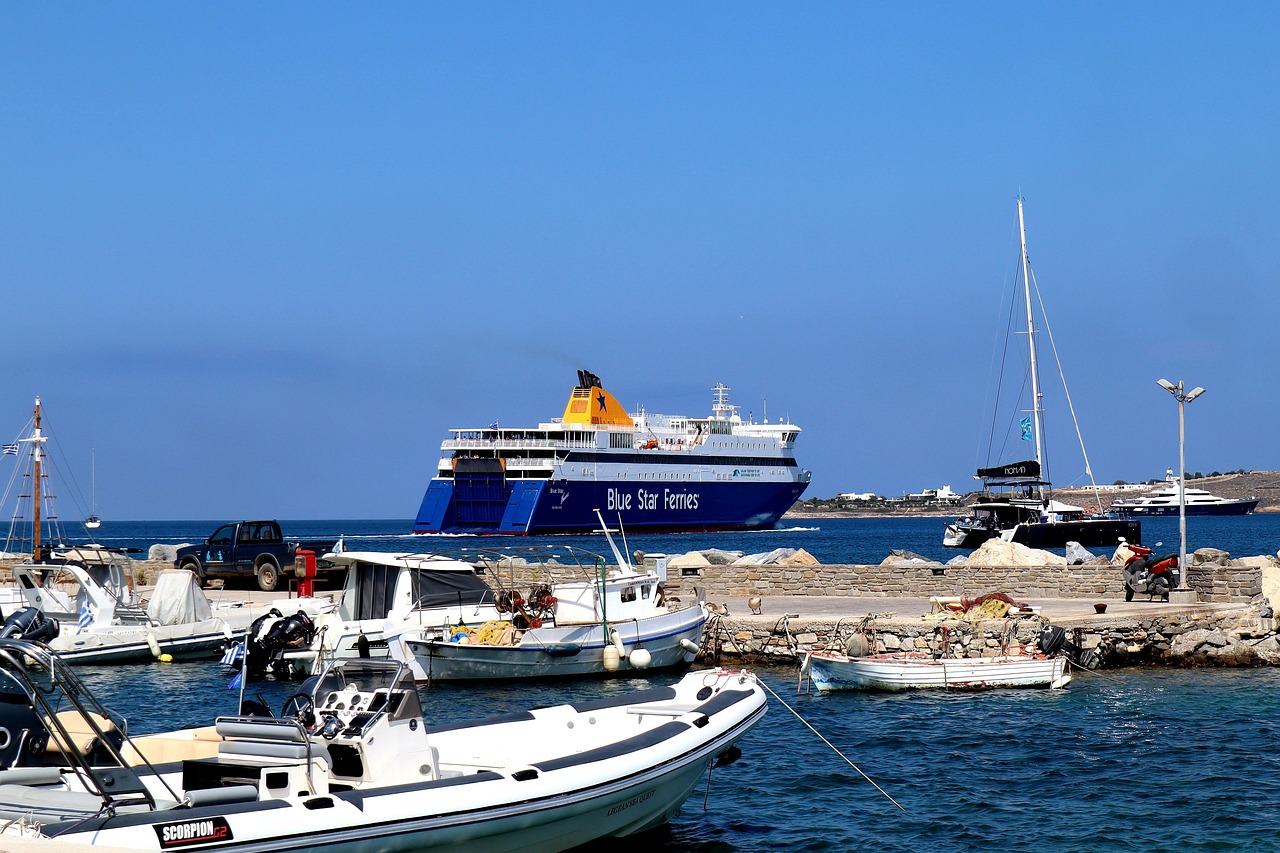
Spending a day in places like Delos for ancient ruins or Melos for quiet coves always gives me a boost before I dive back into Athens’ energy.

